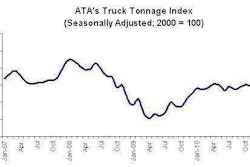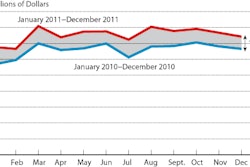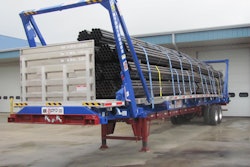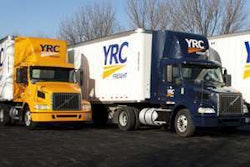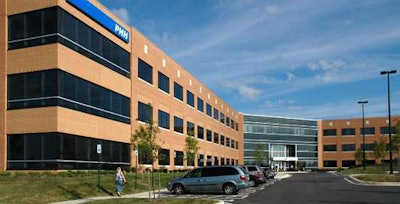
Fleet driver safety, reducing fuel consumption and lowering maintenance costs are the top priorities for fleet managers in the next 12-18 months, according to a recent PHH Arval survey presented to NAFA Fleet Management Association members during a presentation titled “Policy Survey Results from 100 Companies.”
Policy areas such as driver eligibility, personal use, vehicle technologies, fleet safety, fuel, maintenance, vehicle selection, replacement and resale were addressed. “The survey provides a snapshot of how organizations are managing their fleets,” says Angela Feerick, director of strategic consulting for PHH Arval. “However, it’s important to note that these are benchmarks and not best practices. What’s good for one fleet may not necessarily be good for another.”
The survey addressed numerous areas, including these top fleet management concerns:
• Driver safety and accidents: Driver safety is the top priority. According to the survey, 86 percent of respondent companies have a documented fleet safety/accident policy as part of their safety program, but 8 percent have no safety program at all. Additionally, the survey found that 31 percent have driver safety kits, 25 percent have a fleet safety committee, and 16 percent use in-vehicle technology to monitor driver behavior. In terms of safety training programs, nearly a quarter (24 percent) of respondent companies have no safety training program. Others offer Web-based safety training programs (56 percent) or by video/CD/DVD (33 percent).
• Fuel and maintenance: According to the survey, over the past 12-18 months, fleet managers have used communications to drivers (58 percent) in order to increase their awareness of fuel consumption behavior and decrease costs. Additionally, they are monitoring fuel purchases more closely (55 percent), have added more fuel-efficient vehicles (45 percent) and have tightened fuel card controls or policies (22 percent). Only 15 percent of survey respondents indicated no steps taken to manage fuel costs. To control maintenance cost, 79 percent of fleet managers impose a driver’s authorization limit on maintenance purchases. In addition, companies continue to look for opportunities to improve driver and asset productivity.
• Personal use: Most (83 percent) of the companies that responded permit personal use of a portion of the vehicles in their fleet, while 17 percent do not permit personal use of any vehicles. According to the survey, most often it is the assigned driver (97percent) and the driver’s spouse or partner (63 percent) who is permitted to operate a fleet vehicle for personal use. Of those companies permitting personal use, 51 percent impute the benefit as income. About a third (32 percent) apply a fixed-rate chargeback to drivers, while 10 percent apply a cents-per-mile chargeback. Fixed-rate chargebacks varied greatly among survey respondents, but a cluster fell in the range of $98 to$130 per month.
• Replacement policy. While some fleets drive their vehicles for their entire lifecyle, the survey found that most companies replace their light-duty vehicles by the 100,000-mile mark, and often well before. Replacement policies for sedans, SUVs or minivans were concentrated between 65,000 and 100,000 miles and 3 to 5 years in service. Replacement policies for pickup trucks and cargo vans were more concentrated at about 90,000 to 100,000 miles and 4 to 5 years in service.




